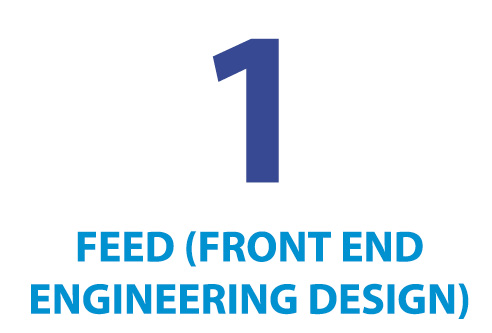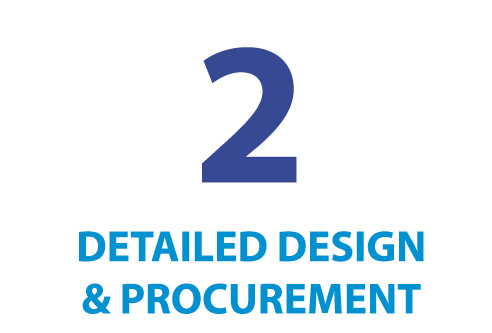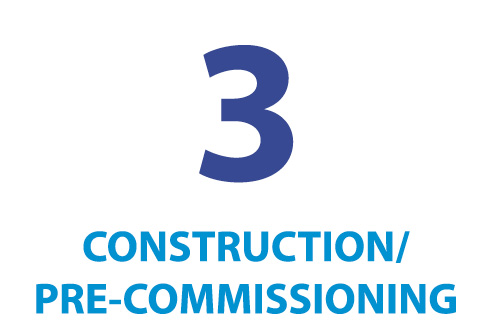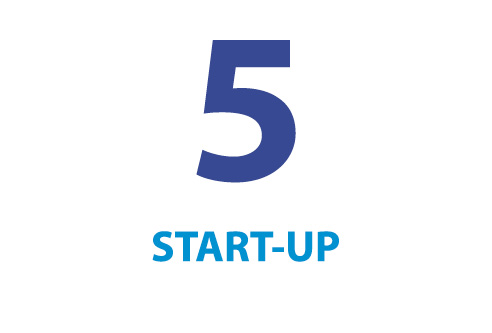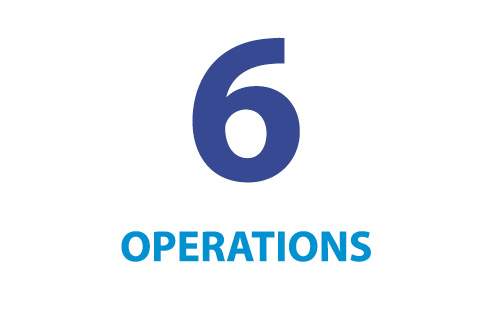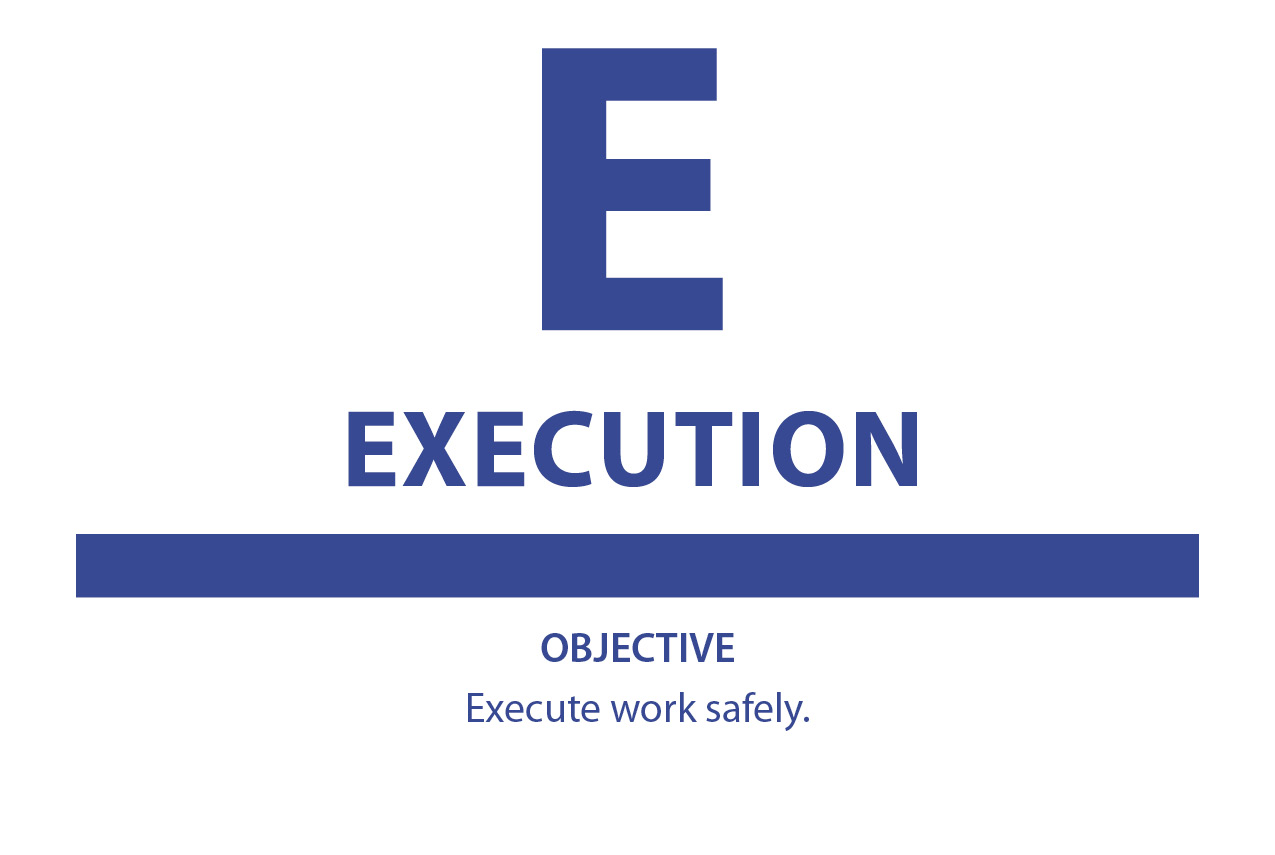
What We Do
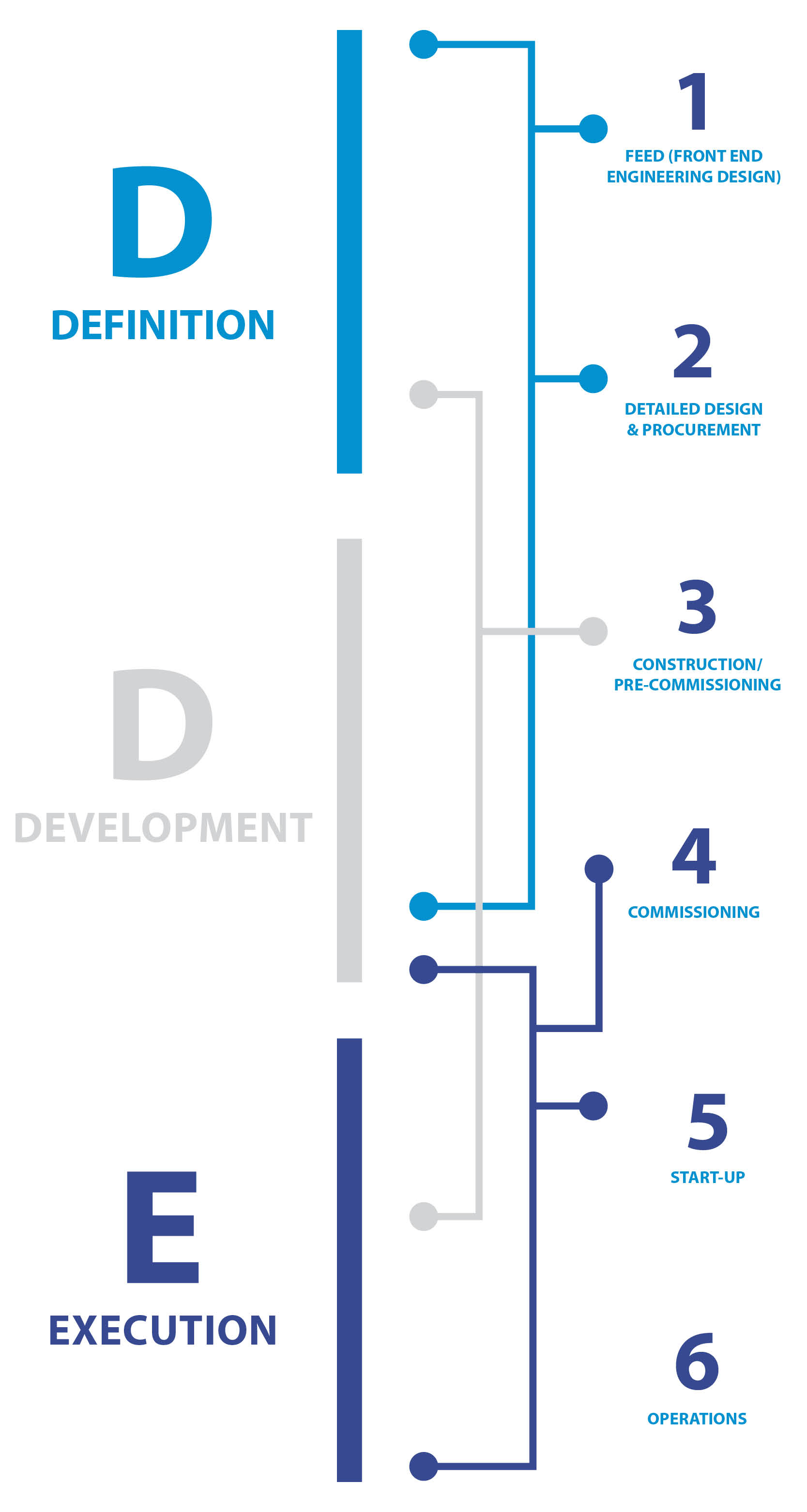
STEP 1: FEED (Front End Engineering Design)
During FEED, OTS provides input for preliminary design concepts to ensure that commissioning and start-up issues are addressed early in the design. By providing knowledgeable input from the initial design stages OTS avoids design changes late in the project, keeping you on time and on budget.
Some of these activities include:
- Commissioning and Start-Up schedule development.
- System and subsystem interdependency assessment.
- Development of the Commissioning and Start-Up budget.
- Facilitation of Risk Assessments associated with Commission and Start Up (CSU).
STEP 2: Detailed Design & Procurement
During detailed design and procurement OTS continues to refine the commissioning and start-up strategy; optimizing the schedule and budget of the project. Package management strategies are critical early in the procurement cycle ensuring that specifications adequately address issues such as quality, codes, standards, control system integration.
Some of these activities include:
- Development of completions management system.
- Connecting with the construction team early in the project to assist in creating an optimal start-up time-line.
- Review of package specifications, FAT (Factory Acceptance Testing) strategy development.
- Refining the commissioning and start-up plans as construction designs are issued.
- Developing a subcontract strategy.
STEP 3: Construction/Pre-Commissioning
During the early phases of construction it is important that all deliverables required for the initial phases of the project are complete. This allows the CSU team to focus on the project as a whole. As construction progresses interactions between the construction and commissioning teams will be more frequent to ensure that early completions of critical systems remain on schedule.
Some of these activities include:
- Establishing the Mechanical Completions Team and associated processes.
- Establishing the Permit to Work Office and associated processes.
- Establishing a schedule baseline for MC handovers and commissioning schedule.
- Commencing simultaneous operations interface processes.
- Executing and progress tracking of precommissioning an commissioning scopes of work.
STEP 4: Commissioning
During the project, it is critical to monitor actual progress against expected progress such that any potential issues are identified and corrected to minimize the impact to cost and schedule. Simultaneous operations, permit to work and energy isolation processes are critical to the safe execution of the work scope toward start-up.
Some of these activities include:
- Monitoring completion of critical systems to ensure minimum impact on the expected schedule.
- Operation of the permit to work and lockout tag out processes.
- Executing cleaning, flushes and blows cleanliness strategy.
- Deficiency management and prioritization.
STEP 5: Start-Up
During the start-up of a project, the commissioning team supports the permanent operations organization. The priority for OTS is to ensure a timely and incident free start-up where the operations team leads the effort.
Some of these activities include:
- Turnover of remaining systems.
- Completion of deficiencies and remaining punchlists.
- Support to operations.
- Management of PTW and LOTO processes and transition to Operations.
- Performance testing.
STEP 6: Operations
Over the course of the commissioning and start-up of a project, the OTS team develops knowledge of systems that can be of value to the Operations organization. The early days of operations of new projects has a need for resources sometimes greater than the planned steady state resource level.
Some of these activities include:
- Provision of skilled operators and technicians.
- Execution of maintenance tasks and procedures.
- Support to LOTO and PTW functions.
